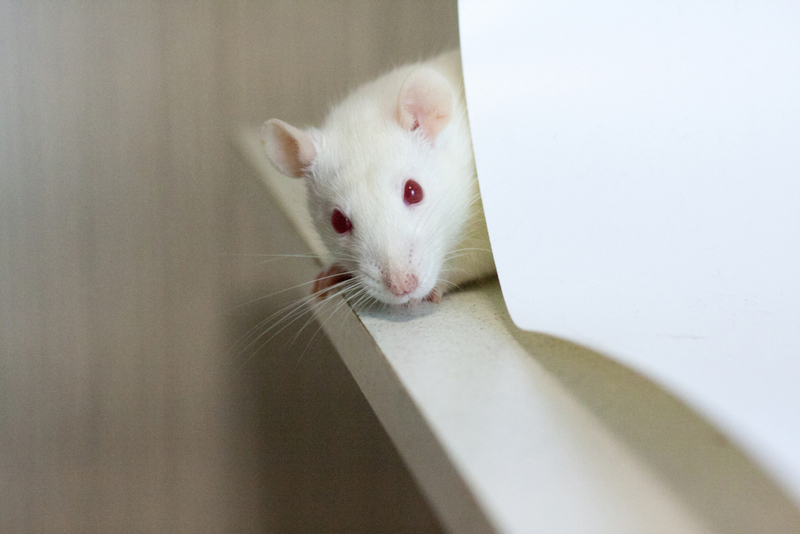We have been living in the “VR simulation” for a while now. Oculus has been around for a few years already and virtual reality is only getting more sophisticated every day. We can immerse ourselves in new settings from the comfort of our homes and use VR for all kinds of purposes.

Now, a team of scientists are using VR to basically “see” what mice are thinking. And it requires some very tiny goggles.
Until Now, VR in Animal Experiments Hasn’t Been Easy
While putting animals into VR situations has already been done before – this usually requires equipment that is not just expensive – but can also be very difficult to implement.
But that’s not the only problem. Before even getting the benefits from VR, many animals’ high intelligence is on full display. Why? Because scientists can already see how aware they are of the screen in front of them. These animals generally know it’s not a jungle or a forest (for example).
According to the professor of neurobiology at Northwestern Unversity, Daniel Dombeck, the VR experience for animals has basically been the equivalent of humans lounging around and watching TV. “There are cues around you, telling you that you aren’t inside the scene,” he said.

On the contrary, if mice are provided with VR goggles, they will be fully immersed in a scenario, just like a human would.
What Do VR Goggles for Mice Even Look Like?
Don’t worry, scientists aren’t actually strapping tiny goggles onto a mouse’s head against its will. Scientists will put the mouse on a treadmill, keeping them in place. Then, they will place the goggles directly in front of their face while they’re moving along the machine.
Depending on what is being played via the goggles, sensors are used for scientists to analyze the neural circuits that are being triggered based on specific brain activity and behavior patterns.
While this is just the beginning, these VR experiments can help scientists begin to understand what makes certain animals tick, how they react to different types of stimuli, and even how they interact with both prey and predators.